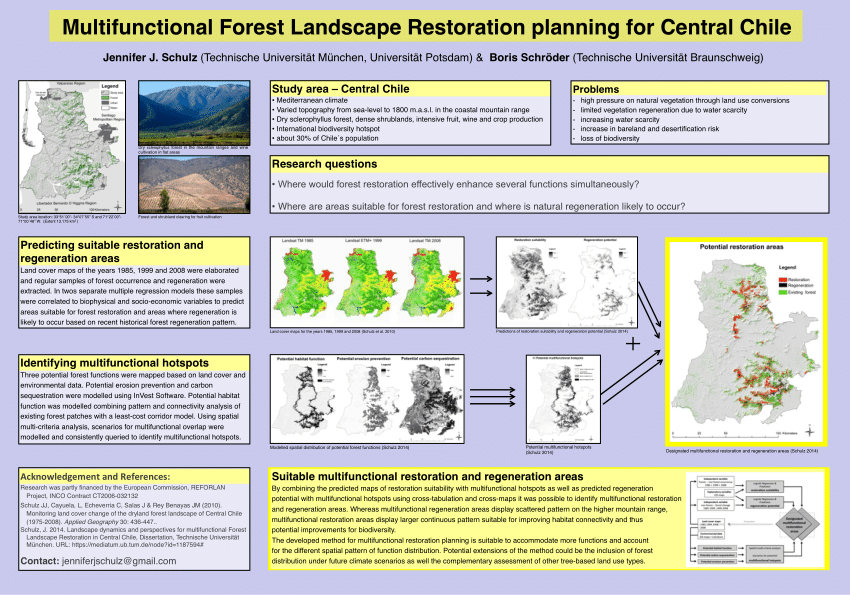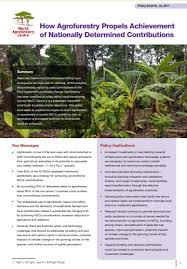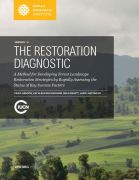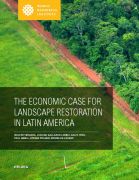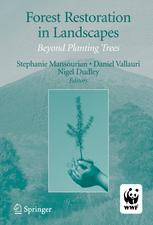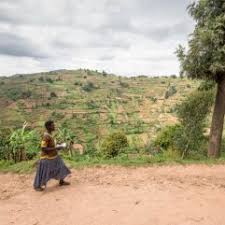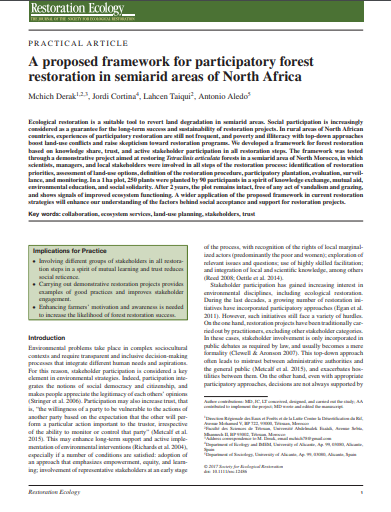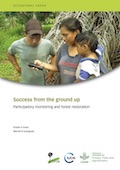From Target to Implementation: Perspectives for the International Governance of Forest Landscape Restoration
Continuing depletion of forest resources, particularly in tropical developing countries, has turned vast areas of intact ecosystems into urbanized and agricultural lands. The degree of degradation varies, but in most cases, the ecosystem functions and the ability to provide a variety of ecosystem services are severely impaired. In addition to many other challenges, successful forest restoration of these lands requires considerable resources and funding, but the ecological, economic and social benefits have the potential to outweigh the investment.



